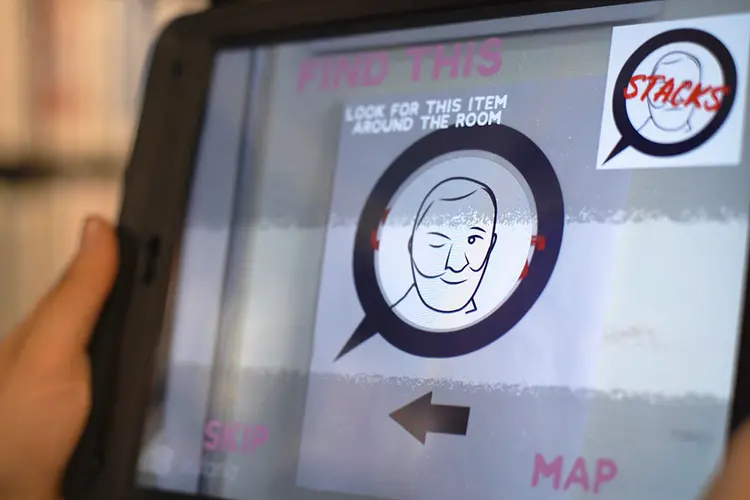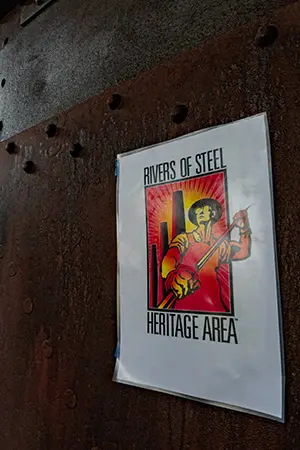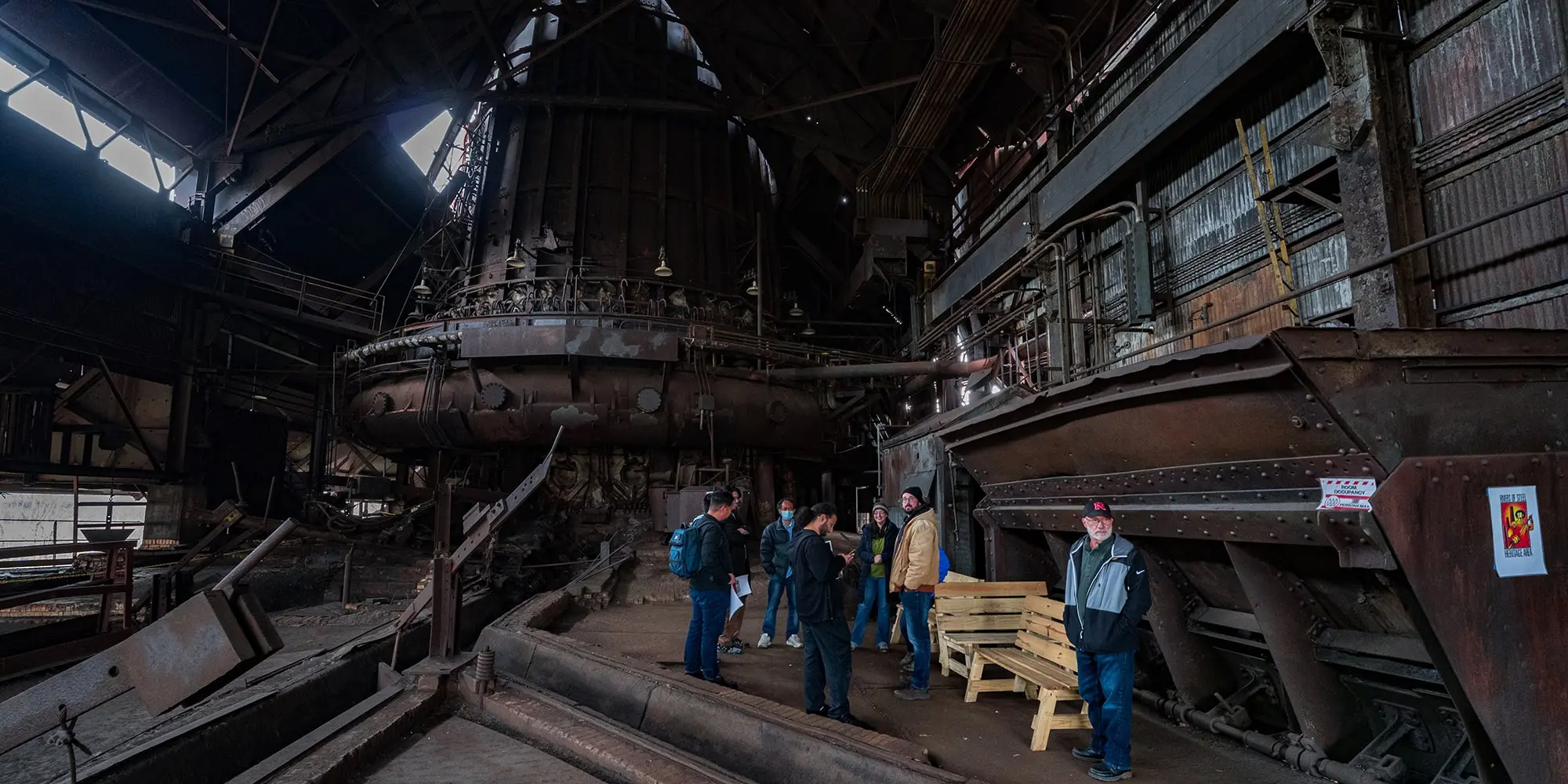
ETC App To Augment the Reality of Pittsburgh's Steel Past
Media Inquiries
Walking through the remnants of the massive Carrie Blast Furnaces National Historic Landmark(opens in new window) you get a sense of the scale, but it's hard to imagine what happened on the site just a few miles from Carnegie Mellon University.
Sights and sounds from a new app will help tour guides bring the site's industrial heritage to life, thanks to students at Carnegie Mellon University's Entertainment Technology Center(opens in new window).
Built in 1881, the Carrie Blast Furnaces site was necessary to conjure the high temperature needed for producing iron. From 1907 to 1978, it supplied iron to the Homestead Steel Works across the Monongahela River. Thanks in part to the thousands of workers at furnaces and mills similar to this site, the region dominated the U.S. steel industry(opens in new window) in the early twentieth century.
ETC master's students Tianyi Cao, David Morales, Shuxing Li, Sheenu You and Eric Zhu created an app to show two parts of the steel-making process through augmented reality (AR) for the nonprofit group, Rivers of Steel(opens in new window). AR can transpose animation on a real environment, usually through the camera lens of a mobile device. When the Carrie Blast Furnaces open�again next spring, guides will be able to use the app to play quick animations during tours. In 2021, 20,000 visitors checked out the site.
Pointing a phone camera or tablet at a specific marker, a tour guide makes a scene come alive with the sights and sounds of workers and the clanking of train cars. River of Steel's Director of Education Suzi Bloom said that the team focused on the dumping station for one of them.
"The magnitude of the materials coming through the site can be difficult to explain," Bloom said. The students created an animation that shows a train car of iron ore moving into the furnace, the enormity of its weight depicted by a stack of nine elephants or a giant tower of Campbell's Soup(opens in new window) cans.
"Instead of focusing on just the mechanics of the whole thing, we used metaphors to make the information more impactful to the guests," Morales said.
Signs serve as markers to activate the new app that tour guides will use.
Carnegie Mellon's ETC�partnered with Rivers of Steel to enhance tours at the Carrie Blast Furnaces National Historic Landmark through a new augmented reality app.
At another point of the tour, the app showcases a scene to explain the chemical reactions that happen inside the blast furnace.
"We focused on some of the more fun ways of experiencing the information, so everyone stays engaged ... The tour guide can talk through things and trigger the effects as they go along," Morales said.
Bloom said she thinks the app will delight visitors young and old.
"Once the staff saw how terrific the prototype was shaping up to be, it was clear that our entire tour audience — students and adults — would enjoy the simulation," Bloom said.
The team shares a passion to engage and entertain visitors with AR.
"I would like to see more AR in education, such as museums and classrooms, not only for history but also subjects like chemistry or biology, that are not easy to learn. We can use AR structures to explain things to students. I see huge potential," Zhu said.
Rivers of Steel is one of the many nonprofits that partners with the ETC as part of its project-based learning for the two-year master's degree program in entertainment technology. ETC students have been working with nonprofits for more than two decades to address an important need or innovation that benefits the organization. In return, they gain valuable hands-on experience in the entertainment industry.
Scott Stevens, ETC teaching professor, and Moshe Mahler, ETC assistant teaching professor, provided guidance on the project.
Stevens said that every ETC project is different, and clients range from CMU colleagues to nonprofit organizations and large corporations.
"The one constant that students learn is how to work in a diverse team," Stevens said.
"Our students will realize one day that the work we do at the ETC is very similar to the work done throughout the entertainment industry. Even larger, higher-budget projects can be broken down to teams of about five people that each bring their own skills, disciplines and perspectives to the table," Mahler said.
— Related News —
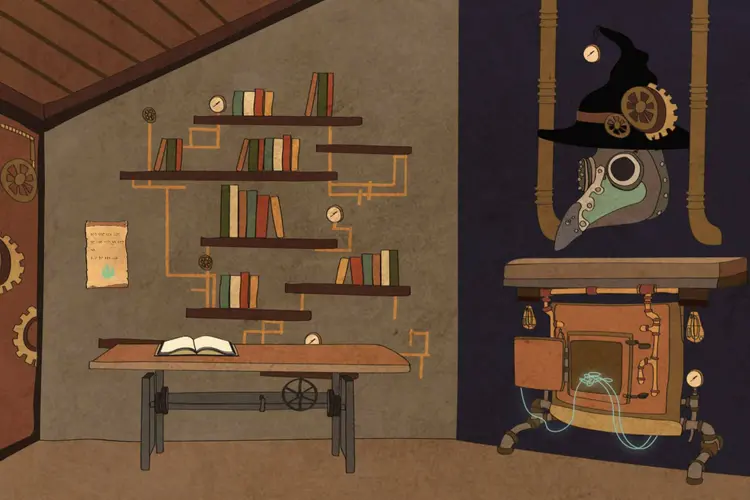
Play a Video Game, Learn Cybersecurity Skills
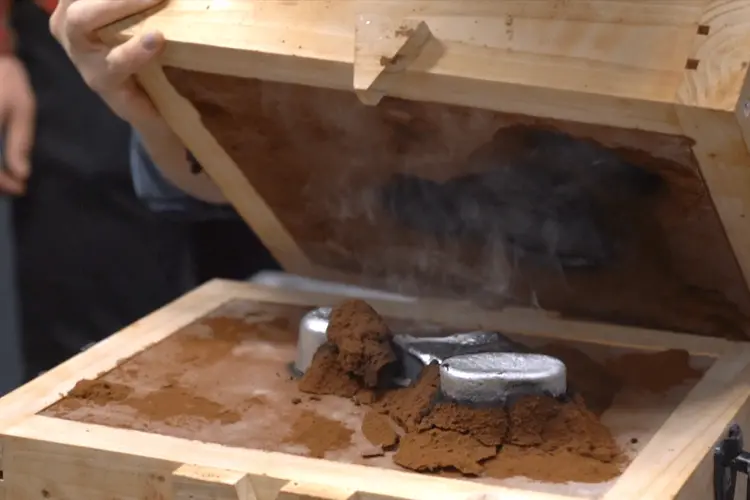
Revisiting Steel
